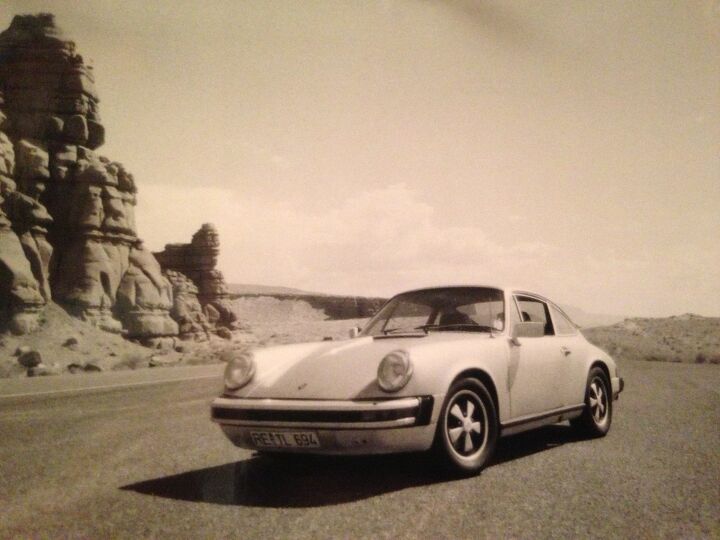#Perception
P-Cars And Perception
(Ryan sent this to me before the recent Adbusters piece, but perhaps it’s additionally relevant now — JB)
The Truth About Cars is that sometimes they tell us the truth about ourselves.
I rolled into Los Angeles one morning in a badly running 911. It was already hot, though the morning haze hadn’t yet burned off. The transition from the wide-open, high desert to the sudden congestion of the L.A. basin was disorienting. Still, I felt a tinge of excitement. I was on the West Coast, and I was there to pursue a girl.
Is Detroit's "Perception Gap" Dead?
According to our latest sales data, the Detroit Three have enjoyed something of a comeback relative to the “foreign” competition this year. And though it’s not clear how long that trend will last, the media is catching the Detroit-boosting bug again. The NYT’s Bill Vlasic epitomizes the mood, focusing on improvements in GM and Ford’s products in a piece titled American Cars Are Getting Another Look. Between IQS score improvements and anecdotal evidence of consumer interest in Ford and GM’s “gadgets” and “value,” Vlasic’s sidekick, Art Spinella of CNW Research, forwards an interesting theory for the death of the “ perception gap” (a construct he helped create, by the way):
Ford has become almost the ‘halo brand’ for G.M. and Chrysler. Because of Ford’s success, people are less resistant in general to considering all of Detroit’s products.
Well, that’s not the dumbest thing ever said about the destruction of the perception gap… but it sure is a head-scratcher. Did Nissan and Honda just spend the last several decades skating by on Toyota’s sterling reputation (RIP)? Still, it might be interesting to hear Ford’s perspective on all this.
May the Best $500 on the Hood Win
We don’t have any numbers yet on GM’s 60 day money-back guarantee, but according to GM dealers speaking to Automotive News [sub] it’s not generating a lot of interest. “If [customers] like the car, if they test drive the car, most of the people would rather have a car to keep,” explains one dealer. Which makes a certain amount of sense, and which is why dealers insist that the number of buyers taking GM up on the offer doesn’t matter. “It’s more important to talk about the money-back guarantee. It conveys confidence in the vehicles,” says another dealer. “It’s not about the deal, but rather it’s about the world-class products.” That sounds good in principle, but the reality is that it actually is all about the deal. Again. Still.


















Recent Comments